Take a Look at a Sample Report
Get an idea of the format and items that would be listed under a Termite Inspection.
When purchasing a property, it is always good to make sure to get a Wood Destroying Organism Inspection, more commonly known as a termite inspection. Wood destroying organisms represent a large danger as they can cause major structural damage to the property. These inspections not only help to identify potential infestations but also ensure peace of mind for prospective homeowners. By addressing such issues early, you can avoid costly repairs and maintain the property’s long-term value. Engaging professionals who offer environmental services for sustainable growth can further protect your investment by promoting eco-friendly and effective pest control solutions.
When purchasing a property, it is always good to make sure to get a Wood Destroying Organism Inspection, more commonly known as a termite inspection. Engaging professionals who offer environmental services for sustainable growth can further protect your investment.
Our termite inspector will look for any current and previous signs of termite or other wood destroying organism in the property
Our Inspector will look for:
– Termites
– Carpenter Ants
– Carpenter Bees
– PowderPost Beetles
– And other wood destroying organisms
The sighting of live termites around your home, particularly near wooden structures or foundations, is a clear and urgent sign of a potential infestation. These insects, often mistaken for ants, can be identified by their creamy white to dark brown/black color and straight antennae.
If you notice these pests, it’s crucial to act swiftly and arrange for a professional termite inspection to assess the extent of the infestation and recommend appropriate treatment options to protect your property from further damage.
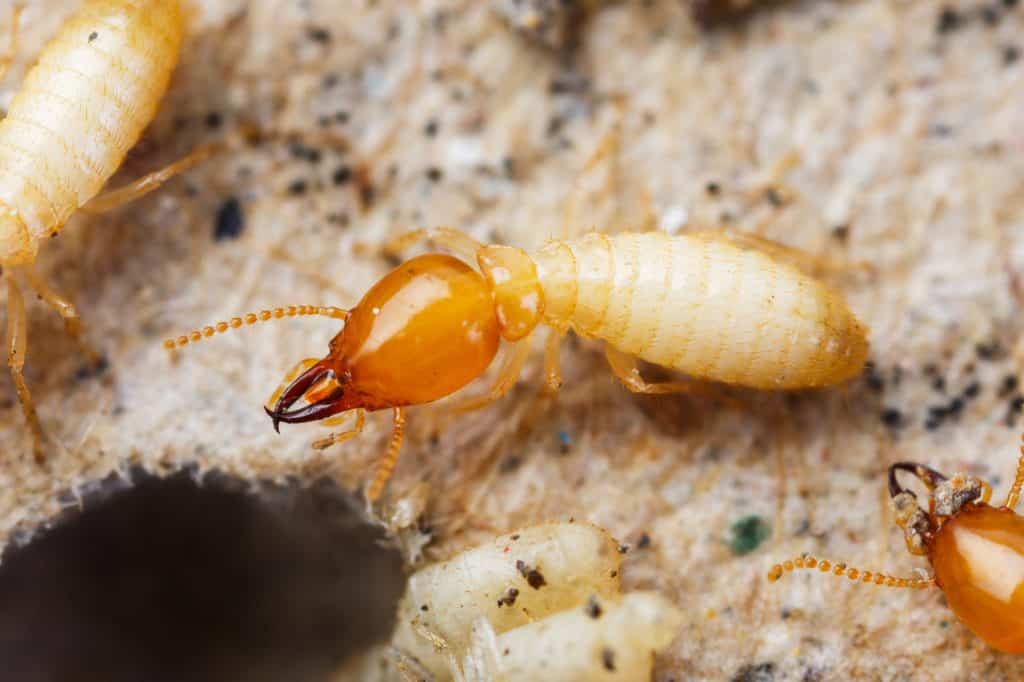
Discovering wood in or around your home that appears damaged or deteriorated is a significant indicator of a termite infestation. This damage may manifest as hollowed-out wood, wood that sounds hollow when tapped, or even visible maze-like patterns within exposed wood surfaces. Termites consume wood from the inside out, often leaving a thin veneer of timber or paint.
Thus, the damage might not be immediately apparent. If you come across such signs of wear or unexplained damage to wooden elements of your structure, it’s imperative to schedule a termite inspection promptly. Early detection and treatment can prevent the spread of the infestation and save substantial costs in repairs and restoration.
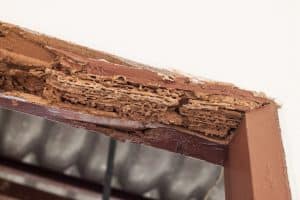
While squeaky floorboards can be a common occurrence in many homes, especially older ones, they may also signal a hidden termite problem. Termites feeding on the structural timbers of your home can compromise the integrity of wood, leading to an increase in squeakiness or even noticeable sagging when walked upon. This is because the internal structure of the wood has been hollowed out, reducing its ability to securely support weight and maintain its original shape. If your floorboards suddenly become more squeaky or if you notice a change in the feel or sound of your floors without an obvious cause, it’s advisable to consider a termite inspection.
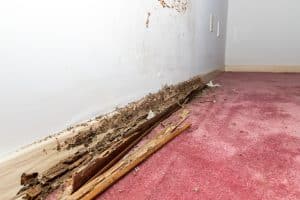
One of the hallmark signs of a termite infestation is the presence of mud tubes along the exterior or interior walls of your home, especially near the foundation. These pencil-sized tunnels are constructed by termites, primarily subterranean species, to provide moisture while they travel between their underground colonies and food sources above ground, like the wood in your home. Mud tubes can often be found near the base of a structure or on walls, and they may extend over concrete or metal siding, indicative of termites’ efforts to breach barriers to access wood.
If you notice these earthen tubes, it’s a strong indicator that termites are present and actively feeding on or near your property. An immediate professional termite inspection is necessary to assess the extent of the infestation and to implement effective control measures to protect your home from further damage.
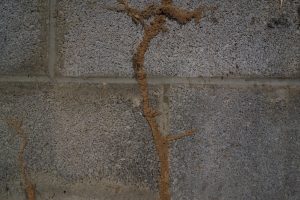
One of the best times to conduct a termite inspection is when you are completing a home inspection. This further bolsters the information you will gain during a home inspection, putting you in an even better position when making decisions about the property. NextDay Inspect is happy to schedule your termite inspection to take place during your home inspection, to make the process smooth as possible for you and your schedule.
Termite Inspections will help home buyers or homeowners see if there are any signs of termite or any other wood destroying organisms at the property. They will also note if any previous treatments were done for these organisms. The last thing that any home buyer or homeowner wants is a wood destroying organism infestation.
Once our termite inspector finishes his inspection, you will receive a report from us about whether the inspector found signs of termite or wood destroying organisms in the property. The termite report will also advise the recommended treatment for your property Our team is committed to providing you with a comprehensive overview of the findings to ensure you have all the information needed to protect your property. In addition to the termite report, we can provide environmental sample report examples upon request, which can give you further insight into the condition of your home. These examples can help you better understand potential risks and the necessary steps to maintain the structural integrity and safety of your property.
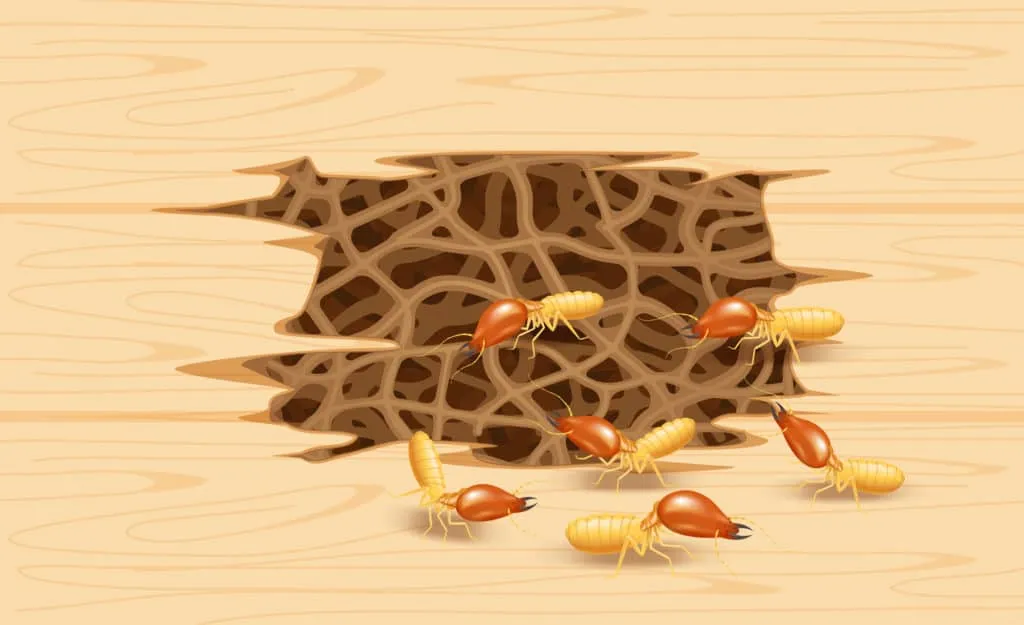
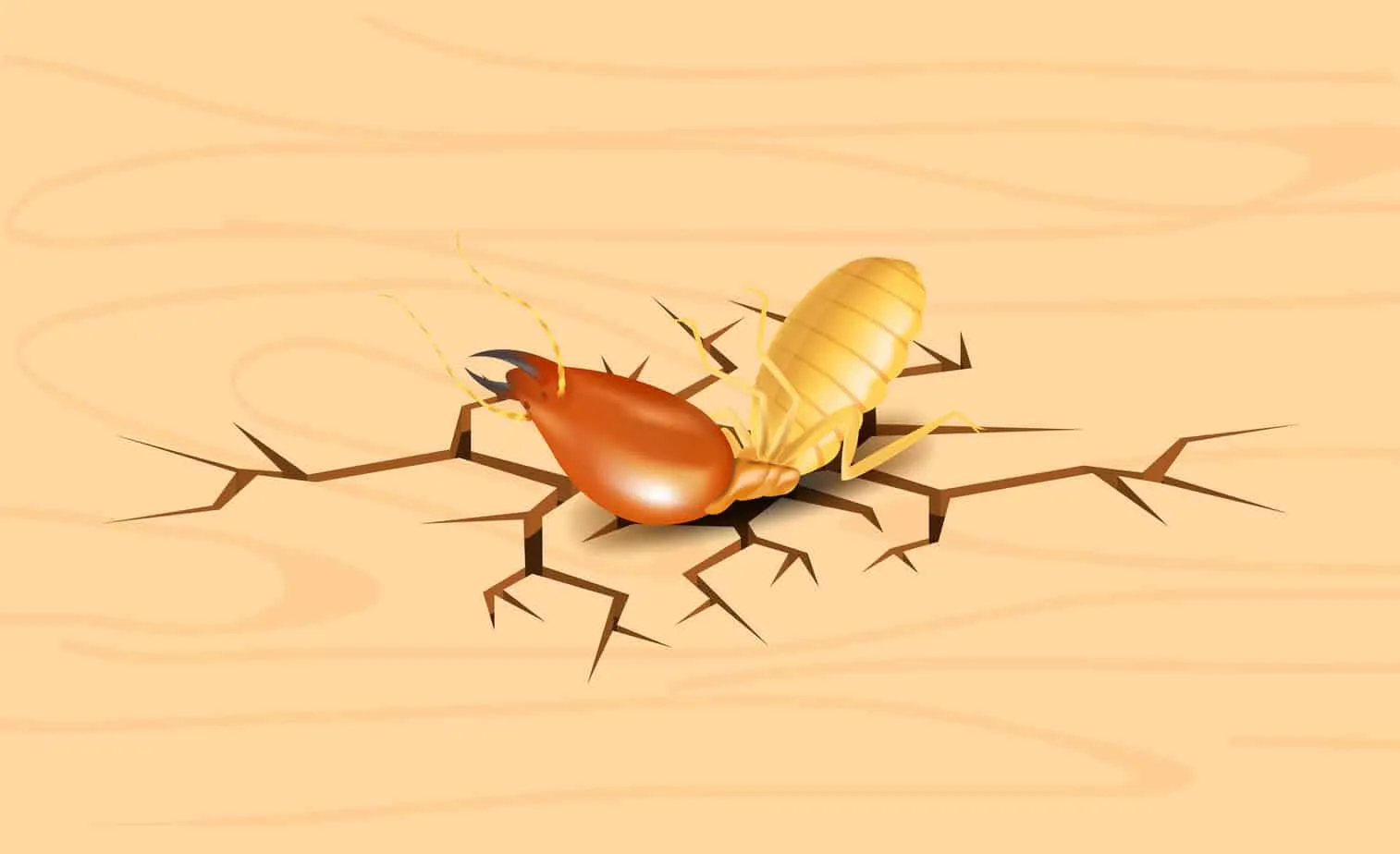
Get an idea of the format and items that would be listed under a Termite Inspection.